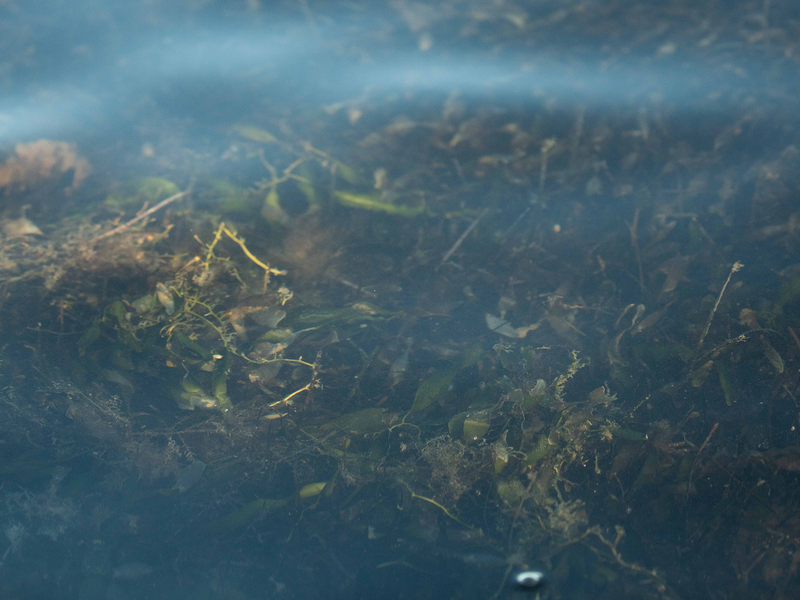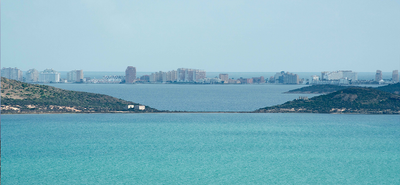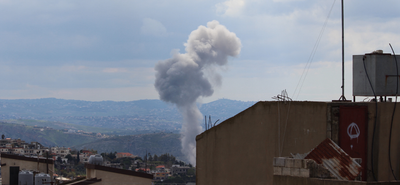- by Goldy Levy and Alexander Durie
A sinking city, a lagoon with personhood and a Closed Controlled Access Center (CCAC) for migrants in the heart of a forest. Our reporting took us to many corners of the Mediterranean, where human intervention — driven by policy, neglect or force — is putting people and the ecosystems they inhabit at risk.
Alexander Durie traveled to Alexandria, Egypt, to explore how one of the world’s fastest-sinking cities is grappling with climate change. In the coastal neighborhood of El Max, he found a community determined to stay despite urgent climate threats. Ninety percent of residents refuse to leave, while rising sea levels and soil erosion accelerate across the Nile Delta. Alexandria is a city with a long history of resilience, surviving many natural disasters over the last couple millennia. This piece looks at the intersection between today’s urgent issues and what is often assumed to be the distant threat of climate change. What emerged is a story about identity, ancient history and the deep bond that ties coastal communities to the Mediterranean.
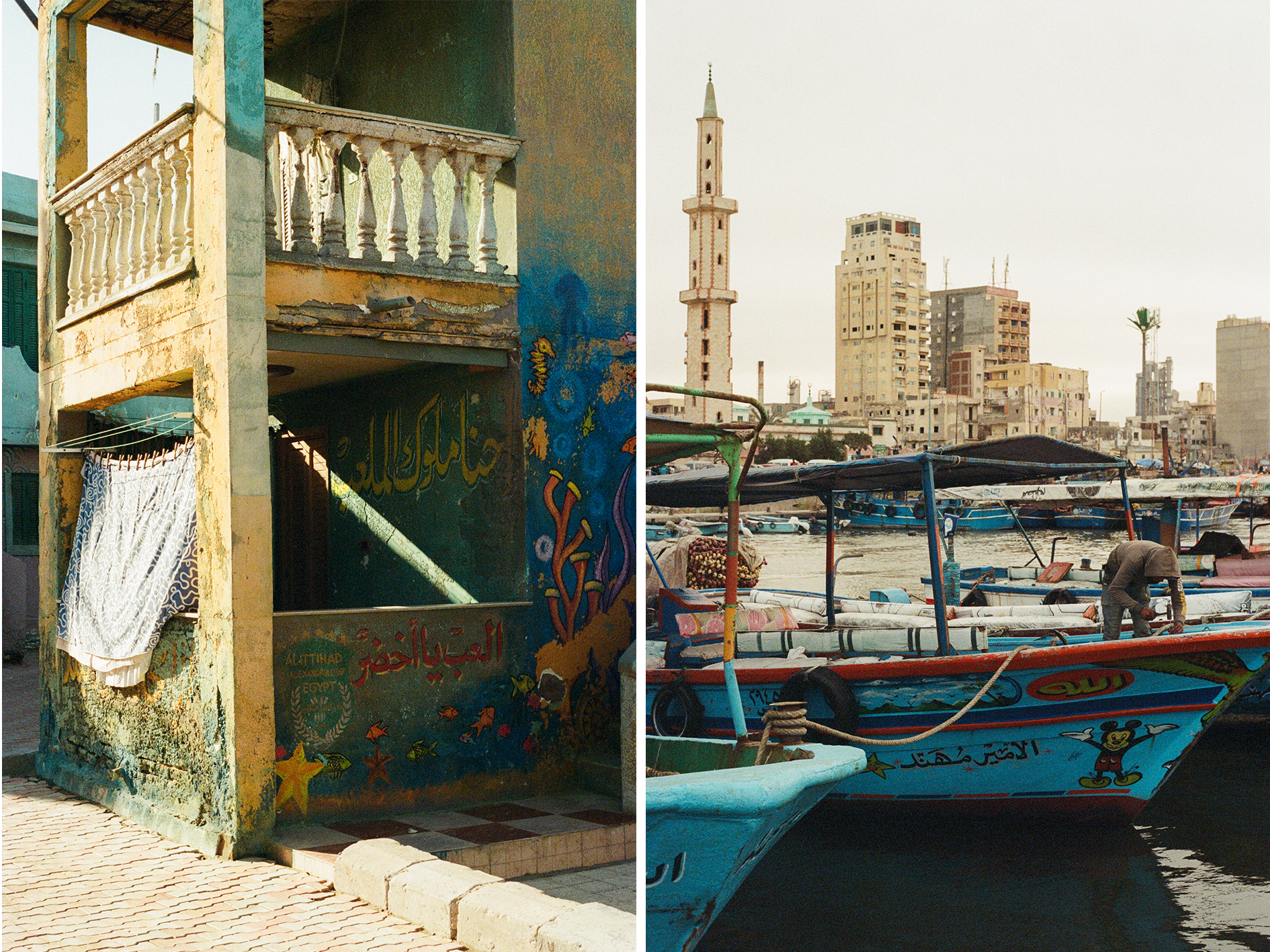
Goldy Levy reported from southern Spain, in Murcia, where she visited Mar Menor — the first saltwater lagoon in the Mediterranean to receive legal personhood. This designation marks a major shift toward environmental recognition, yet the lagoon remains in peril. As industrial agriculture, urban development and tourism continue to place immense pressure on the ecosystem, there is hardly anywhere that has not been impacted by human intervention.
Through this reporting, she began to understand the complexity of implementing a more-than-human rights law in Spain. By looking at other countries in Latin America that have implemented similar measures, she came to realize that these laws demand a deeper legal, ethical and cultural change and this takes time. Europe is shifting from anthropocentric laws to frameworks that prioritize ecosystems and non-human life, but slowly.
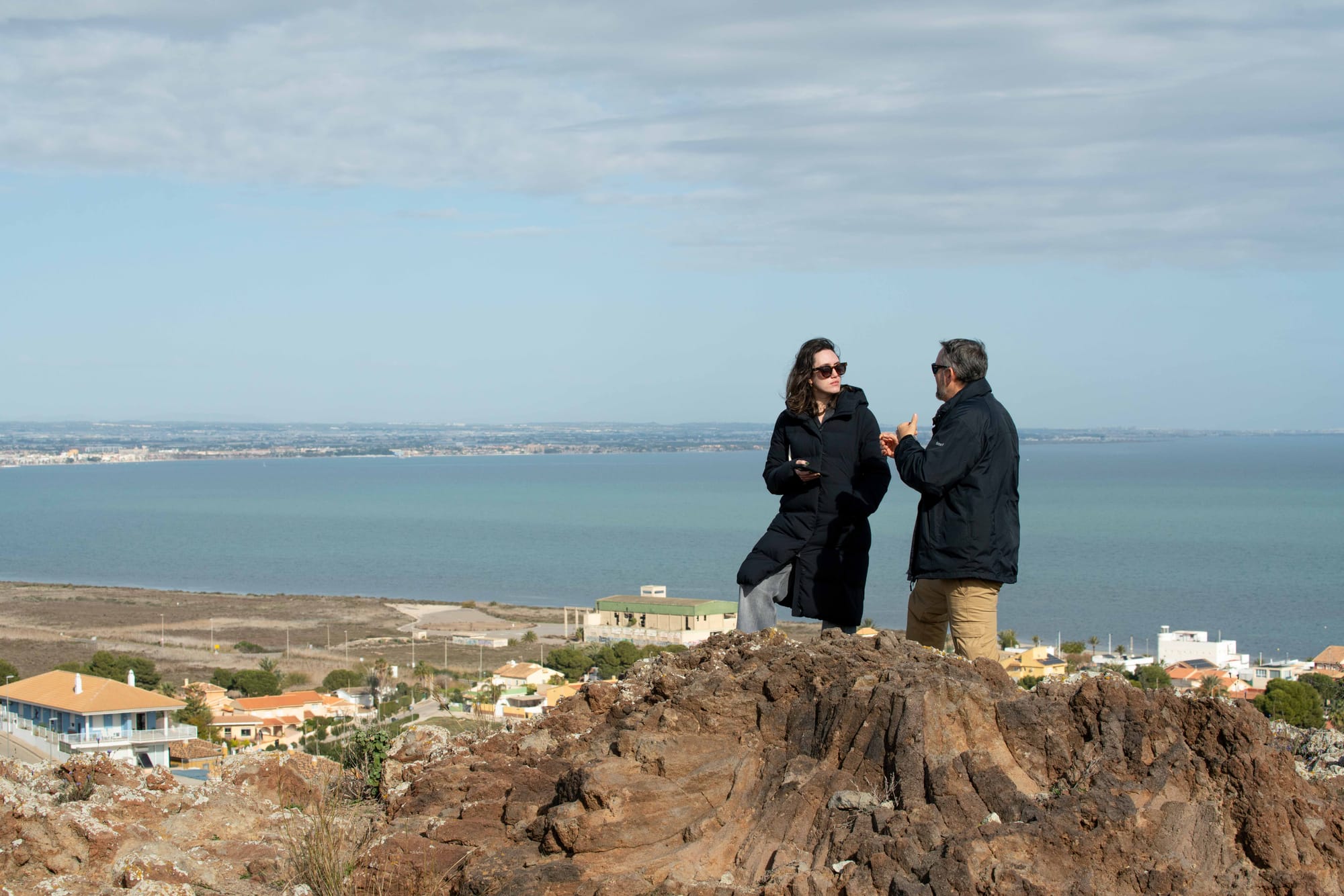
For our collaborative piece, we started with a question: How are EU migration policies affecting the environment? At first, we chased leads in multiple countries, contacting dozens of sources, and trying to piece together scattered evidence — allegations of tree burning, blocked access to water and waste left behind by authorities. In many places, the damage wasn’t being documented at all.
Ultimately, we focused on Vastria, a forested area in Lesvos, Greece, where a large EU-funded migrant center is being built deep inside a pine forest that’s known to be highly flammable. Environmental impact assessments were not made public. Local activists raised concerns, but the construction moved ahead. The location, size and design of the center revealed how little environmental concerns factor into border infrastructure decisions. It’s a case where the environment, once again, became an afterthought.
Challenging how we think about environmental justice, these stories made us consider how each dilemma involves many layers of concerns: cultural, political, migratory, economic and environmental. We witnessed the deeply intertwined nature of the human and more-than-human lives that inhabit a place, as well as the different types of time that exist within it — the tempo of the climate crisis, the hectic pace of modern life, the routines of fishers and the migratory cycles of wildlife. We also heard the hopes of its communities in the face of an uncertain future.
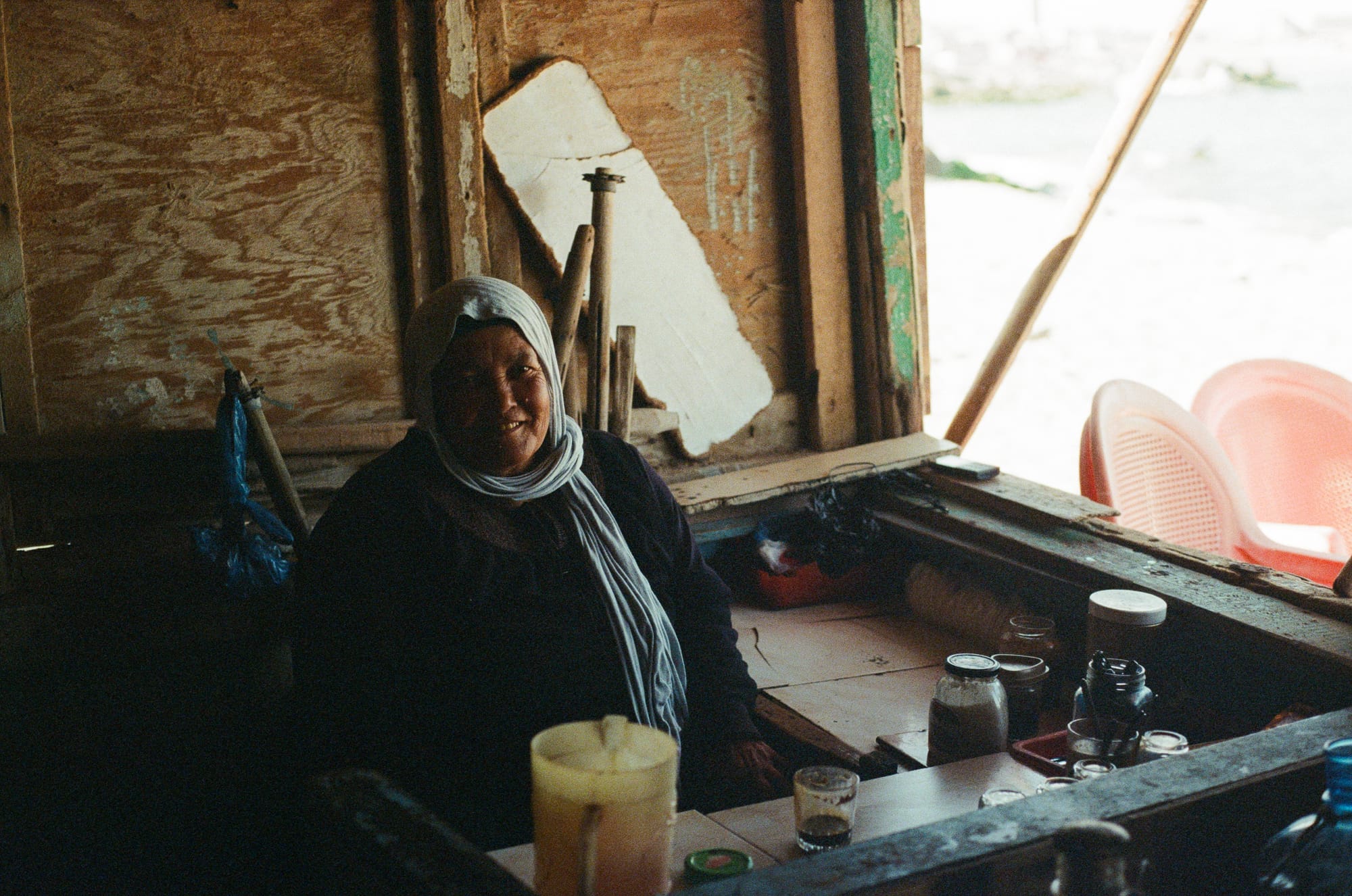
While a sinking city, a lagoon with personhood and a CCAC may seem like unrelated entities, we choose to tell their stories because these places matter, but also because they teach us about the complex realities of our region.
We worked to tell these stories as fully as possible. Now, we hope they bring attention to these overlooked realities and encourage accountability.
Top image: The algae growing in the shallow waters of Mar Menor (Jonathan Beker).
Editor's note: This story concludes the series “Communities on the Frontline”, which offers a preview of the magazine we have in mind. It was produced as part of the first edition of the Magmatic School of Environmental Journalism.
